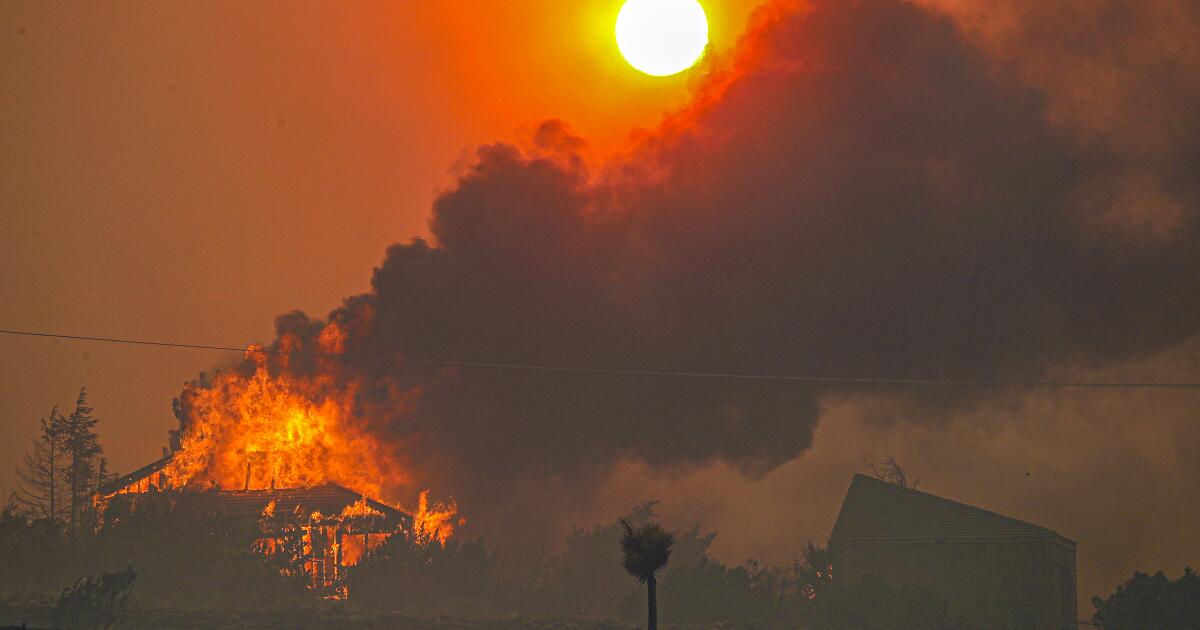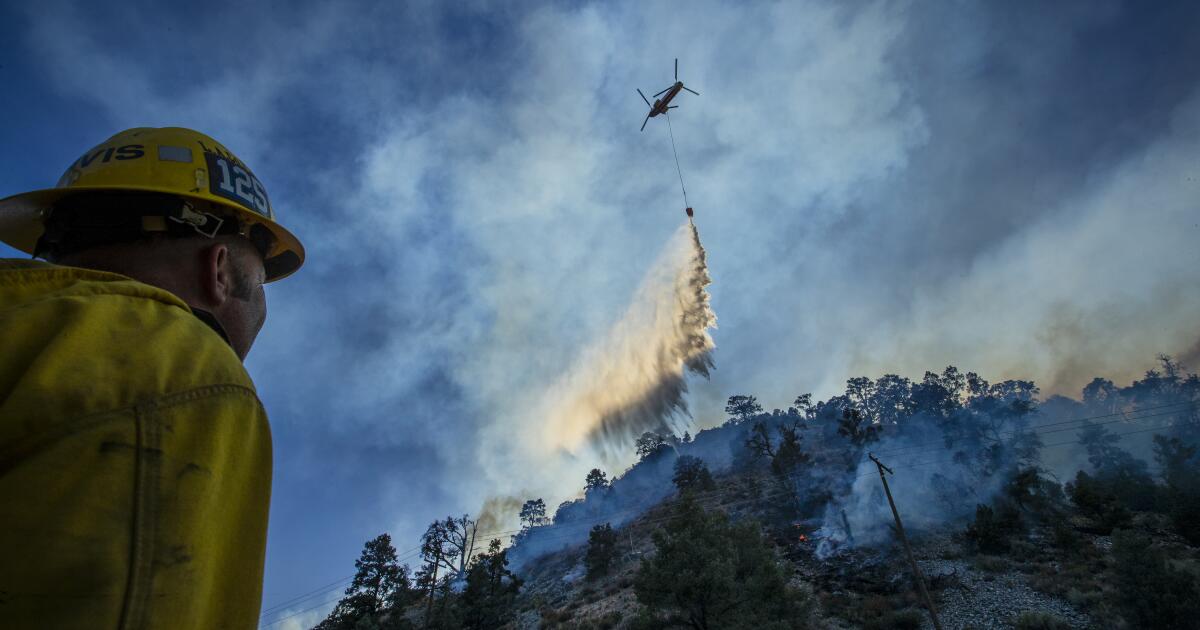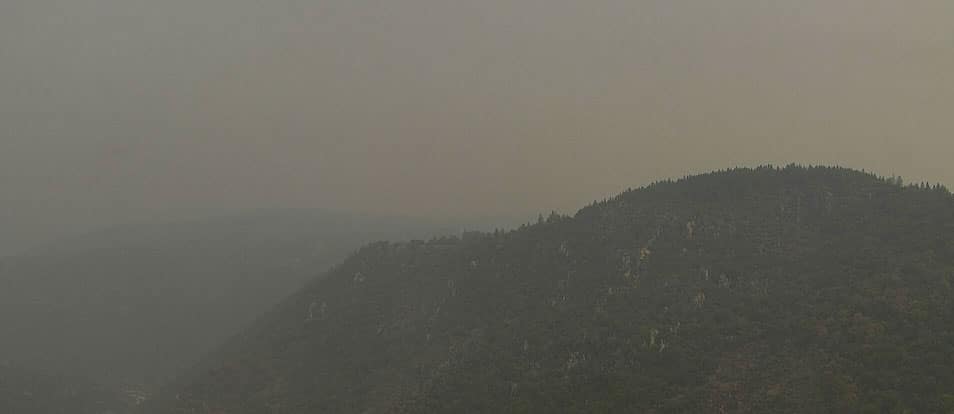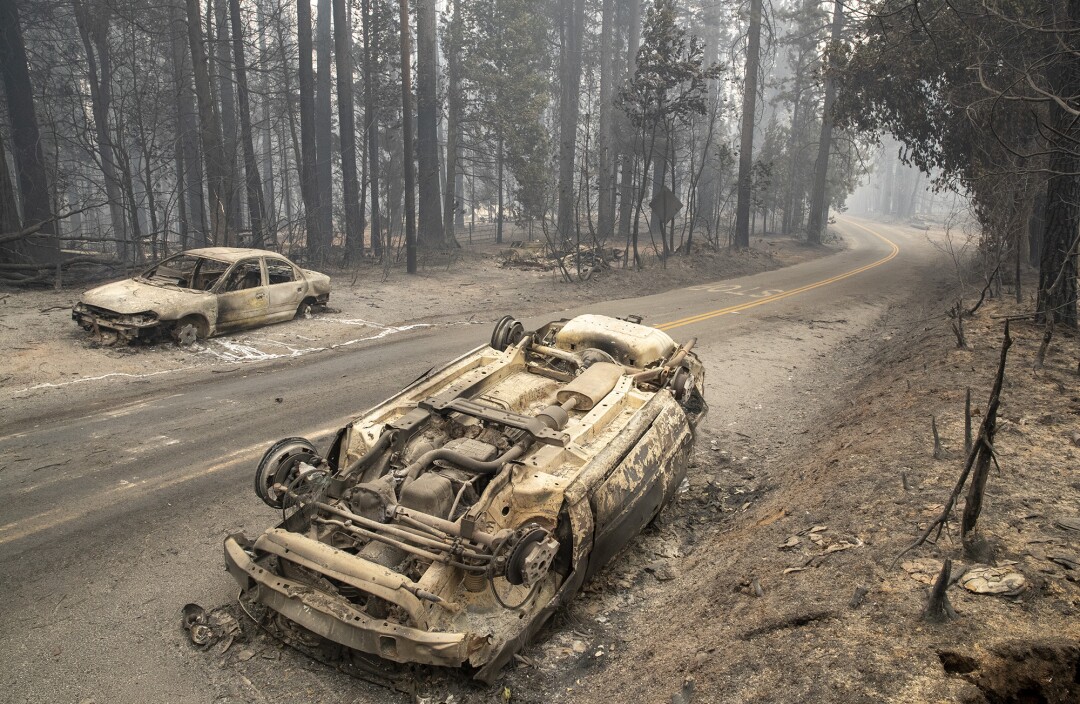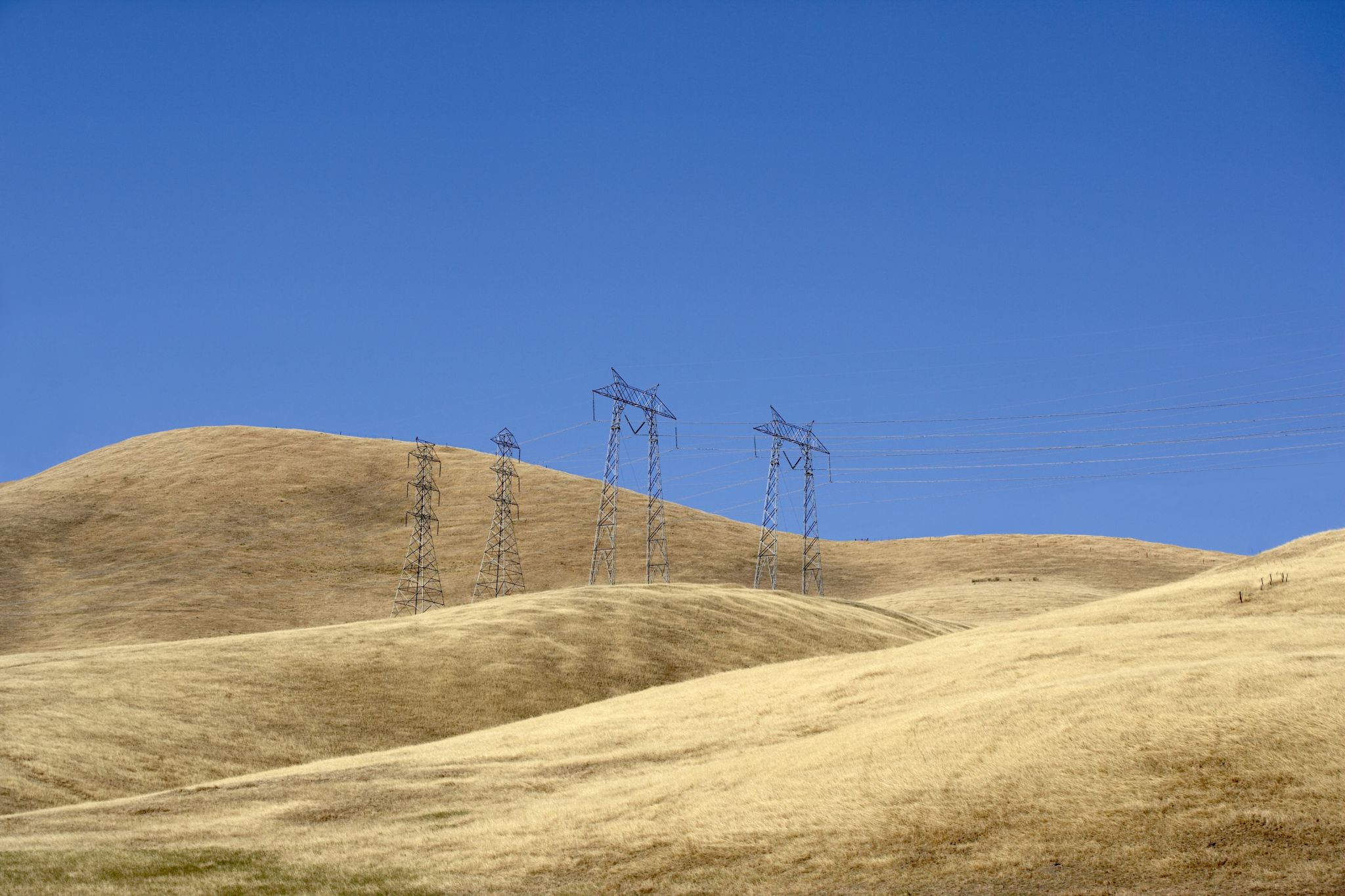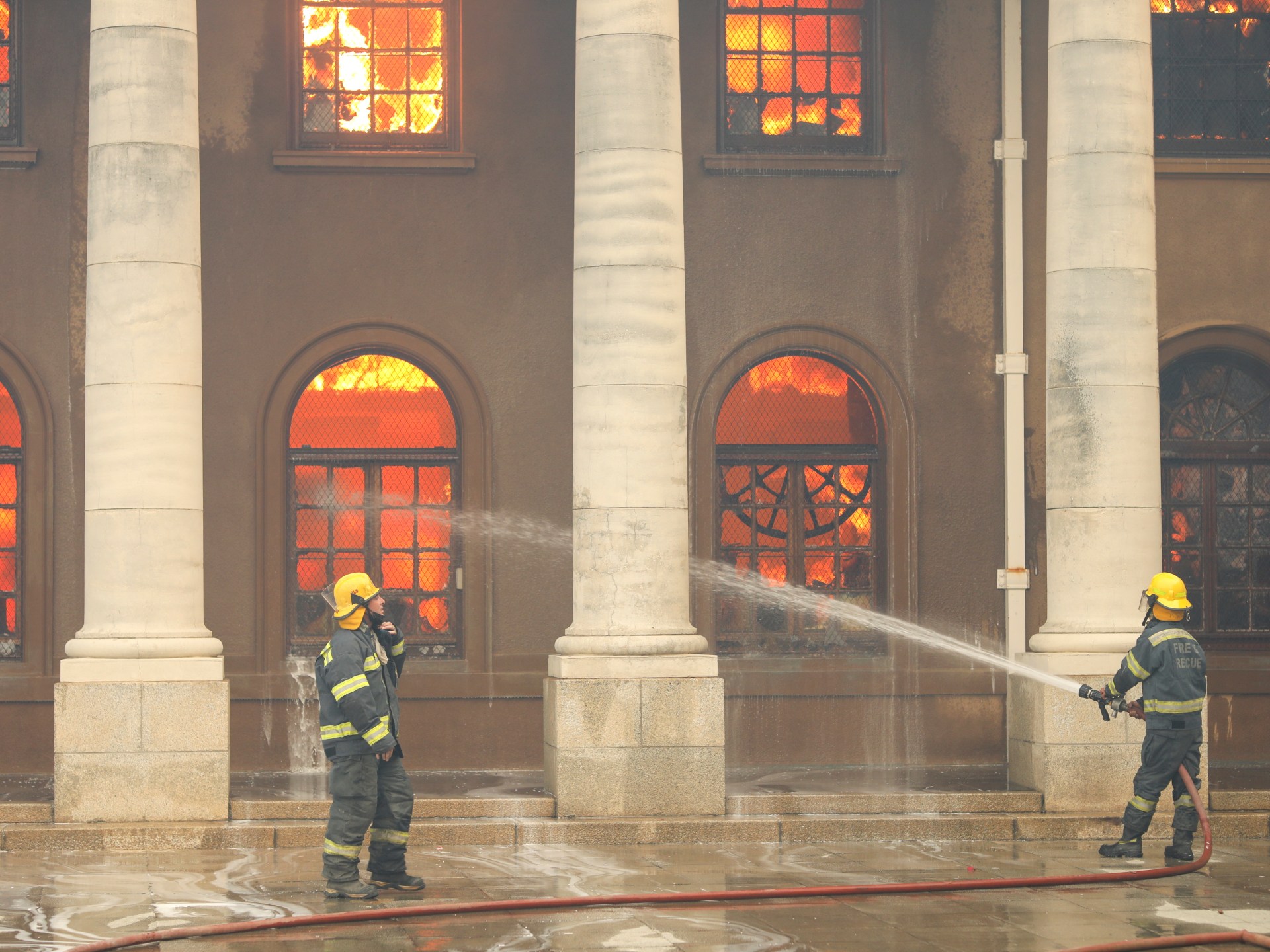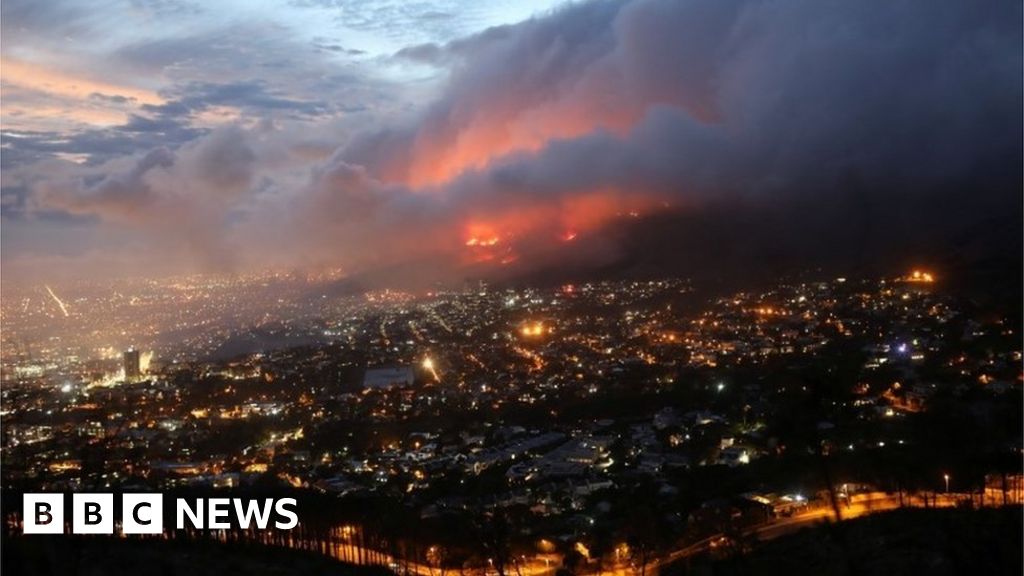The United States is enduring a devastating wildfire year. Fires have cut destructive swaths through California, Oregon, Washington, Colorado, and Arizona. As of September 17, according to the United States Forest Service (USFS), there have been 43,000 wildfires in the US that have burned more than 7.2 million acres, both public and private lands.
Nearly 4 million of those acres have burned in California. Since mid August, numerous large fires have been in and around very large communities in California and the Pacific northwest. Smoke impacts have been significant and widespread across the western United States.
Today in Washington DC, the Conservation and Forestry Subcommittee of the House Natural Resources Committee held a hearing titled, “The 2020 Wildfire Year, Response and Recover Efforts.”
Rep. Abigail Spanberger is a Democrat from Virginia and chair of the subcommittee. She opened the hearing with a few sobering facts.
“As we speak, there are over 70 large fires ranging across 5 million acres in the southeast, the South, the Rocky Mountains, the Pacific Northwest and California,” Spanberger said. “For some perspective, that is the equivalent of 5 million football fields, 1 million major league baseball fields, or 2.5 million typical city blocks that are currently burning.”
John Phipps is deputy chief for state and private forestry for the United States Department of Agriculture and gave testimony and answered questions during today’s subcommittee meeting.
Phipps said 2020 has been a fire season like no other.
“What we’re seeing on the landscape now is, we used to call them mega fires, but they’re even larger than that,” Phipps said. “They’re landscape-scale fires that can go 250,000 (acres) plus. We have one in California, that’s 800,000 acres. And we currently operate at a lesser scale than that. The agency doesn’t have a capacity currently, but we could. We probably need to be scaling up two to three times more, at least.”
In addition to a lack of resources, the other problem is the perception that wildfires only occur on public land.
“It’s really an all lands problem that, particularly in California, we see fires originating on private land and marching up into the forest and vice versa,” Phipps told lawmakers. “And so we’re going to have to start thinking more comprehensively, I think, across ownerships, if we want to see a different picture.
“And I would assure you, our scientists suggest that these western landscapes have an incredible capability to absorb fire and keep on going. We’re gonna see much more of the same. And to that, I don’t think that’s a desirable future. And it’s pretty alarming. And as the ranking member suggested, we need to come together and look at this differently. It’s on a scale that’s hard for people to imagine.”
Congressman Doug LaMalfa is a Republican from Oroville and the ranking member on the subcommittee. LaMalfa has represented California’s 1st Congressional District since 2013. The state’s second largest geographic district encompasses the northeast corner of the state to include Redding, Susanville, Truckee, Chico, Oroville, Nevada City/Grass Valley, and Paradise – legendary wildfire country.
The 400,000 acre North Complex fire recently destroyed some 1,200 buildings and killed 15 people in Rep. LaMalfa’s district, around his hometown of Oroville.
“I’m afraid future fire seasons only get worse unless we dramatically improve the management and health of our national forest system. In fact, the Forest Service has identified nearly 50 percent of the 193 million acres of the National Forest system is currently at high risk of wildfire, are likely to be impacted by insect and disease outbreaks.
“At current pace, it will take the Forest Service nearly 30 years to treat these acres. Our national forests are facing an epidemic of declining health, which is in direct correlation to disastrous policies that have led to a dramatic decrease in management. Even on the portions of the National Forest outside of roadless and wilderness areas.”
LaMalfa called for categorical exclusions from the requirements of the National Environmental Policy Act (NEPA) when doing fire mitigation and restoration. He also called for expanded grazing allotments in areas with heavy underbrush fuel loading. Both proposals are environmentally controversial.
Phipps compared today’s forests to those around the time of European settlement.
“Pre-settlement, the average forest had 64 trees per acre. Currently, the average forest in California has 320, that’s 80 percent more density. And how did that happen?
“It happened because we’ve been trying for over 110 years to put out every fire we can. And we’ve been really successful at that. But it’s creating a situation where we, all across all jurisdictions, we attempt to put out all those fires, and as a result, we’re selecting away the good fire, and the 2 percent that normally gets away, the catastrophic fire, when that happens under the right conditions, there’s no stopping it basically.
“We’re there to help people get out of the way. But there’s just tragic loss of life, and these fires burn at high severity. And it’s just really a bad trajectory that we’re on, and it’s going to take some, really a paradigm shift in thinking.”
Today’s subcommittee meeting was in part intended to scope the funding other resources needed for next year.
Twenty years ago, 15 percent of the US Forest Service’s annual budget was spent on fire suppression. Now, according to John Phipps, that number is 55 percent and growing.
Congress has allocated $1 billion dollars for fighting wildfires in 2020. With an additional $1.9 billion from the 2018 Fire Funding Fix, Phipps said they were able to do more suppression and fuels mitigation, but 2 to 3 times more money will be needed in 2021 and every year beyond.
Phipps said the 2020 fire season literally crashed the system.
“This year was an extraordinary year, and the system was not designed … it broke the system to try to respond to all that amount of fire, all at the same time. And it’s likely the case that we need to maintain the fire suppression capability while we’re working to manage the landscape better, at least over a 10-year period.”
Brian Bahouth is editor of the Sierra Nevada Ally and a career public media journalist.
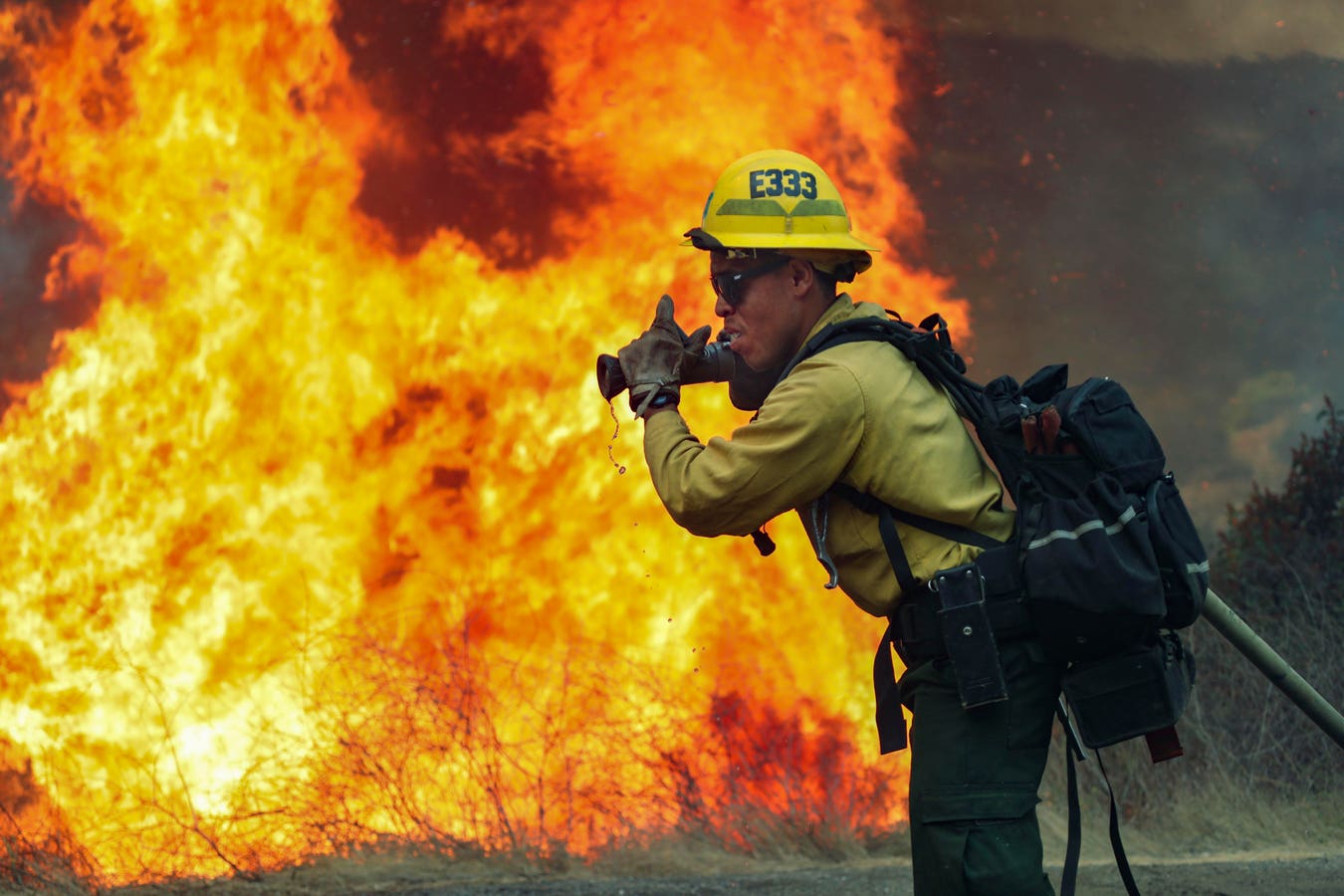
 www.forbes.com
www.forbes.com

 katu.com
katu.com

 www.forbes.com
www.forbes.com



 Lately I've seen more loaded logging trucks on the road then ever and the local mill had to build a new storage area for all those cut trees. Greed$$$$.
Lately I've seen more loaded logging trucks on the road then ever and the local mill had to build a new storage area for all those cut trees. Greed$$$$. Famous last words.
Famous last words.